The Uffizi Gallery (Italian: Galleria degli Uffizi), one of the most popular tourist attractions of Florence, was on our list of must see places upon our arrival in Florence. In high season, particularly in July, waiting times can be up to five hours so we bought our tickets online prior to our departure for Italy.
Here are some interesting trivia regarding the museum:
- With around 2 million visitors annually, it is ranked as the 25th on the most visited art museums in the world. Serious art lovers should visit the Uffizi at least twice to see all of it.
- This building was never created to be a museum nor intended to welcome up to an average of 10,000 people a day. It was designed to bring, under one roof, the administrative offices (the name uffizi means “offices” in Italian) of the Florentine magistrates such as the Tribunal, the Archivio di Stato (state archive), judiciary offices, the seats of the Florentine Guilds and a vast theater. At first, the halls of the top floor, where the art-fond family started to place the many pieces of their personal private collections (manuscripts, gems, coins, cameos, etc.) were only accessible to the Grand Ducal family, servants and only a few select guests. However, guests were welcomed on to admire the grandiose collection of Roman sculptures the Medici loved to collect.
- According to Giorgio Vasari, architect of the Uffizi and the author of Lives of the Artists (published in 1550 and 1568), artists such as Leonardo da Vinci and Michelangelo were said to have gathered at the Uffizi “for beauty, for work and for recreation.”
The construction of this grandiose, U-shaped Renaissance building, right next to Palazzo Vecchio, was begun by painter, art historian and architect Giorgio Vasari in 1560 for Cosimo I de’ Medici, Grand Duke of Tuscany and was later continued by Alfonso Parigi and Bernardo Buontalenti and completed in 1581.
Check out “Palazzo Vecchio“
The long and narrow cortile (internal courtyard) is open to the Arno River, at its far end, through a Doric screen that articulates the space without blocking it (architectural historians treat it as the first regularized streetscape of Europe).
Its perspective length was emphasized by Vasari by the continuous roof cornices of the matching facades, unbroken cornices between storeys and the three continuous steps on which the palace-fronts stand. The niches, in the piers, alternate with columns filled with sculptures of famous artists in the XIX century.
The Uffizi was also planned to display, on the piano nobile, prime art works of the Medici collections. The plan was carried out by Grand Duke Francesco I, Cosimo’s son, who commissioned architect Bernardo Buontalenti to design the octagonal-shaped Tribuna degli Uffizi, the first private room dedicated to items that were “any kind of wonder” (favorite works of art, jewels, etc.) which they through were interesting objects. A highly influential attraction of a Grand Tour and considered the most ancient and precious heart of the Uffizi, the Tribuna collected a series of masterpieces in one room.
Check out “Uffizi Gallery – The Tribuna”
Over the years, more sections of the palace were recruited to exhibit paintings and sculpture collected or commissioned by the Medici.
After the House of Medici was extinguished, Anna Maria Luisa, the last Medici heiress, negotiated terms of the famous Patto di famiglia, allowing the art treasures to remain in Florence. One of the first modern museums, the gallery had been open, since the sixteenth century, to visitors by request and, in 1769, the Uffizi Gallery and its treasures were officially opened by Leopold of the Lorraine to the public.
Because of its huge collection, some of its works have in the past been transferred to other museums in Florence. For example, some its famous statues were transferred to the Bargello.
Check out “Bargello Museum”
In 2006, the museum’s exhibition space was expanded, from some 6,000 sq. m. (64,000 sq. ft.), to almost 13,000 sq. m. (139,000 sq. ft.), allowing public viewing of many artworks that have previously been in storage.
On May 27, 1993, a car bomb exploded in Via dei Georgofili, damaging parts of the palace and killing five people. The Niobe room, classical sculptures and Neo-Classical interior were most severely damaged but have been restored.
However, its frescoes were damaged beyond repair. The identity of the bomber or bombers are unknown. However, it was almost certainly attributable to the Sicilian Mafia as they were engaged in a period of terrorism at that time.
Check out “Uffizi Gallery – Great Niobe Room”
In early August 2007, Florence and the Gallery was partially flooded during a large rainstorm, with water leaking through the ceiling. Visitors had to be evacuated. In 1966, a much more significant flood damaged most of the art collections in Florence severely, including the Uffizi.
To enter the building, we had to get through lines and the metal detector. Upon entering, we queued, under the eyes of the bust of Peter Leopold by Francesco Carradori, while waiting to have our ticket checked.
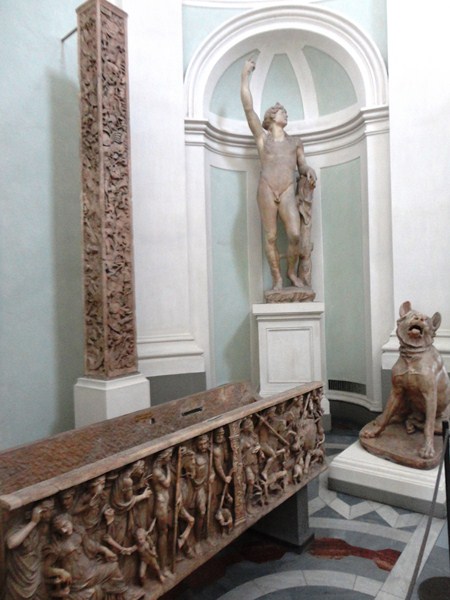
Lorraine Antiricetto. With a nich is the second century AD statue of Apollo restored by sculptor and architect Giovan Battista Pieratti in the first half of the 17th century. On the left is a pillar with bas-reliefs that tell the story of military victories. In the foreground is a the sarcophagus used for Hippolytus of Rome, a very important theologian of the ancient Christian Church. On its right is a second century AD statue of a dog.
We then took two flights of Renaissance-era stairs. At the top of the main stairway is the so-called Lorraine Antiricetto, the first vestibule that leads directly onto the first corridor, which displays the busts of the Medici-Lorraines (Lorenzo the Magnificent, Ferdinand II of Lorraine, Leopold II, etc.) responsible for the wealth of art works.
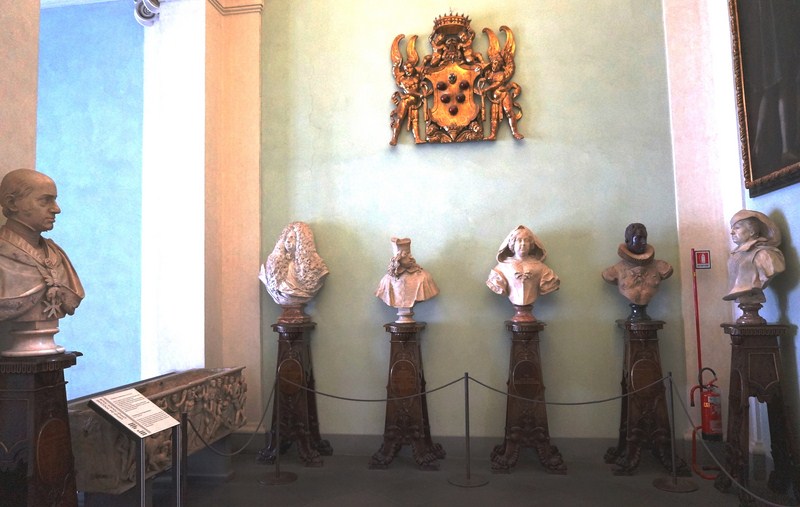
The busts of the Grand Dukes. Above the bust is the coat-of-arms of Alessandro de ‘Medici (attributed to Baccio d’Agnolo)
The busts, placed on wooden stands, each bears a shield on which golden letters show a brief elegy in Latin commemorating what each individual did for the Gallery. Also on display are statues within niches, old bas-reliefs, busts of deities, sarcophagi, urns of good design and sculpture.
then took two flights of Renaissance-era stairs before arriving at the actual entrance to the museum. Upon entry, we were welcomed by stunning frescoed ceilings and the start of its collections.
The museum is organized as a long labyrinth of rooms with amazing works of art displayed roughly in chronological order. To really enjoy these masterpieces, the newly renovated and reopened halls now have a double ceiling with more soft, better lighting.
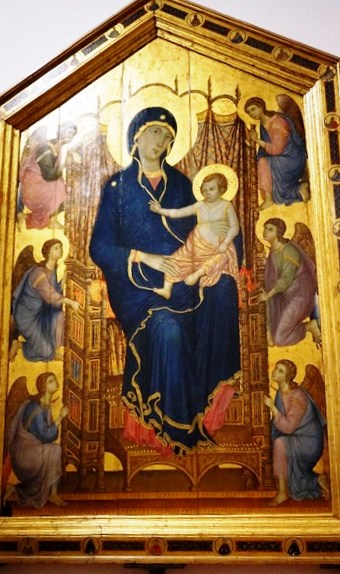
Rucellai Madonna (Duccio di Boninsegna, 1285, tempera on wood). Here, the Virgin sits on a marvelous inlaid throne and her face, still enigmatic like that of a Byzantine icon, is softened by the hint of a smile. The heavy decoration, typical of Sienese painting of the time, is visible in the golden border of Holy Mary’s garments.
Sala 2 (Giotto and the 13th Century), the first hall, was like the inside of an ancient church, with low lighting (reminding us about candle lights). It features a trio of giant Maestà altarpieces (tempera on wood panels) of Gothic painters – Madonna in Majesty (1285-86, 385 x 223 cm.) by Cimabue (considered the last Italian artist to be influenced by Byzantine art), Madonna di Ognissanti (ca. 1310) by Giotto (the true originator of modern painting) and Rucellai Madonna (1285) by Duccio di Boninsegna (the most important representative of the Sienese school of painting that focused on the importance of color and decoration over drawing).
Sala 3 (The Gothic Sienese School) pays homage to the 14th-century Sienese school with several delicately crafted works by Simone Martini (Annunciation with St. Margaret and St. Ansanus, 1333) and the Lorenzetti brothers (Pietro and Ambrogio). Of the brothers’ work here, Ambrogio Lorenzetti ‘s Presentation at the Temple (1342) is the finest.
Sala 4–6 (International Gothic), introducing us to the refined style of painting known as “international or flamboyant Gothic” (developed during the late XIV and the beginning of the XV century), houses the works of the 14th-century Florentine school – Fra Angelico, Jacopo Bellini, Lorenzo Monaco (Coronation of the Virgin, 1413), and Gentile da Fabriano (Adoration of the Magi, 1423). Here, you can clearly see the influence Giotto had on his contemporaries like Bernardo Daddi and Orcagna.
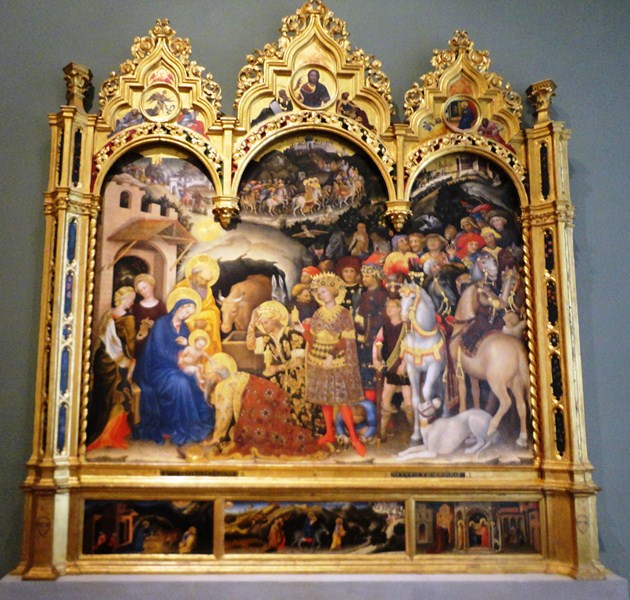
Adoration of the Magi, a masterpiece by Gentile da Fabriano (1423, tempera on wood), with its carved and gilded frame, was commissioned by Palla Strozzi (the richest citizen of Florence according to the census of 1427). A veritable example of the courteous aesthetics and its dreamy flavor, here silver and gold decorations, splendid details, plushy fabrics and gentle figures catch the eye.
At Sala 7 (Cue the Renaissance) the Renaissance proper starts taking shape, driven primarily by the quest of two artists, Paolo Uccello (The Battle of San Romano, 1456) and Masaccio (Madonna and Child with St. Anne, 1424), for perfect perspective.
In the center of the room is the unmistakable Diptych of Duke Federico da Montefeltro (ca. 1465 or 1470) by Piero della Francesca, one of the most impressive portraits of the Renaissance.
Sala 8 is devoted to Carmelite monk Fra’ Filippo Lippi (one of the protagonists of the early Renaissance) works such as the Madonna and Child (1455–66, his most famous painting), Coronation of the Virgin, Allegory, Barbadori Altarpiece, etc.). Also here are a few works by Filippino Lippi, Filippo Lippi’s illegitimate son.
Sala 9 is an interlude of virtuoso paintings by Antonio del Pollaiuolo, plus a number of large Virtues by Piero del Pollaiolo, his less-talented brother, both masters of anatomical verisimilitude greatly influenced the young Botticelli, three of whose early works reside in the room.
Sala 10-14 (Botticelli Room), the largest hall of the museum, houses the most stunning and breathtaking paintings by Sandro Botticelli such as the Adoration of the Magi of 1475, Primavera, the large panel of the Allegory of Spring and the canvas of The Birth of Venus.
However, since spring 2015, the Botticelli Room was getting its first restoration in decades so, during our visit, these iconic paintings were temporarily displayed in Room 41, about halfway down the second floor’s Second Corridor.
Remaining there until early 2016, these works will be moved back and Room 41 is given over to Flemish and other northern Renaissance works.
Sala 15 (The High Renaissance & Leonardo da Vinci) boasts Leonardo da Vinci’s unfinished Adoration of the Magi (1481), the Baptism of Christ (ca.1470-1475) and the beautiful Annunciation (ca. 1472).
In addition to the works of da Vinci, there are also important works by other famous maestros active during the late 15th and early 16th century such as Pietro Perugino (Pietà, ca.1493-1494), Luca Signorelli, .Lorenzo di Credi (Adoration of the Shepherds) and Piero di Cosimo.
Room 18 (The Tribune) – a small octagonal room (called the Tribuna) designed by Bernardo Buontalenti in 1584 with a pietra dura (stone inlay) floor, mother-of-pearl ceiling dome, and blood red walls covered with High Renaissance and Mannerist paintings.
Past the Tribune are Sala 19–23 (The Quattrocento beyond Florence), a string of small, narrow rooms (called the salette, in Italian) with lovely but “grotesque” frescoed ceilings (by Lodovico Buti, dating back to 1588), that were reopened in April 2014 after an extensive renovation.
In the middle of the 17th century, the ceilings of the first two rooms were completely redone but the other 3 still contain their original designs which include scenes of battles and other armory-related scenes.
From the end of the 16th century up until 1775, these rooms part of the most ancient section of the Gallery, housed the Medici Armory. The armory was then, in part, moved to the Fortezza da Basso.
Sold in 1780, Pietro Leopoldo added the rooms to the museum and, only then, did the rooms host paintings by Flemish artists such as Rubens and Rembrandt, designs by Raffaello and prints by Dürer.
These rooms are now a repository for 44 (12 of which are paintings that have been chosen from the large deposit of works owned by the Uffizi Gallery but which were not on display before) of the Uffizi’s greatest paintings by early Renaissance artists working outside of Florence in the 15th century (an era called, in Italian, Il Quattrocento).
Sala 19 displays works by Sienese artists including two large altarpieces of the Madonna and Child Enthroned with Saints, one by Il Vecchietta (the beautiful Madonna in Throne with Saints) and the other by Giovanni di Paolo, as well as works by Matteo di Giovanni and Sano di Pietro.
Sala 20 features the greatest artists and works of the Northern Italian Quattrocento masters (Andrea Mantegna, Giovanni Bellini and Antonello da Messina).
They include Andrea Mantegna’s Portrait of Carlo de’ Medici, the beautiful Madonna of the Caves (set on a light green background panel) and his triptych Stories from the Life of Christ: Adoration of the Magi, Circumcision, and Ascension (1463–70).
Also on display here is Giovanni Bellini‘s Portrait of a Gentleman in his Red Cap and his Sacred Allegory; and a pair of rare works by Antonella da Messina, an early Renaissance master from Sicily.
Sala 20 features the greatest artists and works of the Northern Italian Quattrocento masters. They include Andrea Mantegna’s Portrait of Carlo de’ Medici and his triptych Scenes from the Life of Christ: Adoration of the Magi, Circumcision, and Ascension (1463–70).
Also on display here is Giovanni Bellini‘s Portrait of a Gentleman in his Red Cap and his Alegoria Sacra; and a pair of rare works by Antonella da Messina, an early Renaissance master from Sicily,.
Sala 21 (The Quattrocento of the Veneto ) features works by Vittore Carpaccio, Cima da Conegliano, etc..
Some of the ceiling decorations in Sala 21 was destroyed in 1944 during the bombing of the streets and bridges along the Arno river by the Germans. In memory of this event, a new mural painting, based on a design by Vittorio Granchi, was made in this spot representing the area after its destruction, with the date “August 1944.”
Sala 22 (Quattrocento of Emilia-Romagna) features the works of Lorenzo Costa, Cosmè Tura, etc. and Sala 23 (Quattrocento of Lombardy) the works of Vincenzo Foppa, Bernardino Luini, etc.
The fairly new Sala 35, opened in January 2013, charts the course of art from the period called “High Renaissance” until its final evolution called “Mannerism,” the artistic movement inspired by Michelangelo, Leonardo da Vinci and Raphael.
It displays the Doni Tondo (or the Holy Family with the Infant and St. John the Baptist, ca. 1506-1508) of Michelangelo, the only painting by the great artist remaining in Florence, and certainly the only one that is attributed with certainty to the artist that can be moved (not painted directly on a wall).
The new hall also contains works by Andrea del Sarto, Franciabigio, Francesco Granacci, Fra Bartolomeo and Alonso Berruguete, to name just a few.
In the center of the room is the Sleeping Arianne, a Roman sculpture dating back to the second century A.C.
Sala 66 houses Raphael’s portraits and The Annunciation (1475-80), Leonardo da Vinci ‘s one and only completed panel painting.
The beautiful, long Sala 83 displays 10 works by the great portraitist Titian (also well known by his Italian name, Tiziano), the leading figure of the Venetian school.
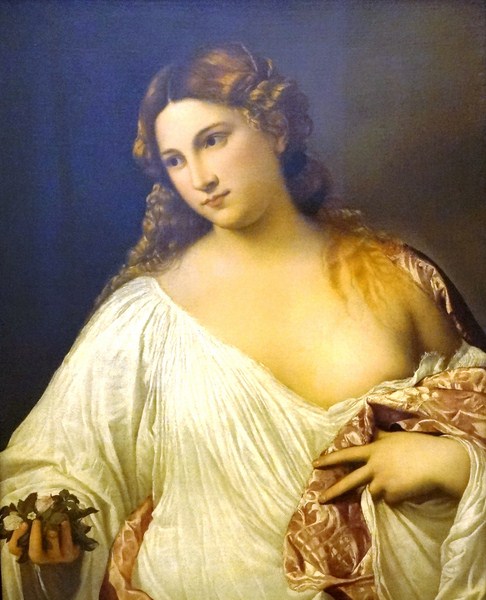
Flora by Titian (ca. 1515-17, oil on canvas) is a sensual image greatly admired long before it arrived in the Uffizi’s collection in 1793 (after an exchange with the Imperial Gallery of Vienna). The beautiful woman, appearing as the Goddess of Fecundity, is also a portrait of a future wife, with similar symbols employed in his more famous Venus of Urbino.
They include Flora,Venus of Urbino, Madonna of the Roses, Portrait of a Knight of Malta, Portrait of Francesco Maria della, Portrait of Pope Sixtus IV, Portrait of Eleonora Gonzaga della Rovere, etc.)
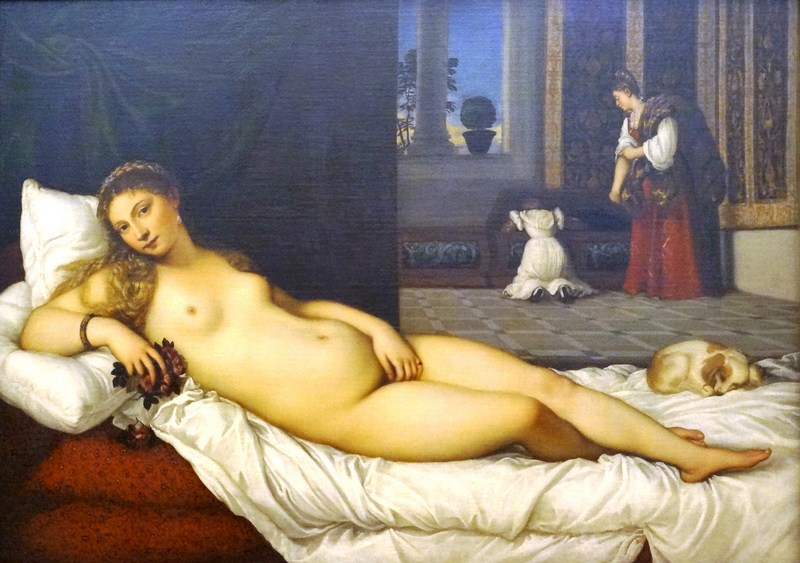
The famous Venus of Urbino, by Titian (1538, oil on canvas), is a masterpiece of sophistication and sensuality
Sala 90 includes 3 masterpieces by Michelangelo Merisi (more widely known as Caravaggio). According to lore, the Shield with the Head of Medusa says that the face is actually a self-portrait of when the artist was younger.
The very famous Bacchus Holding his Goblet of Wine has extraordinarily detailed particulars that make the setting come to life. The Sacrifice of Isaac reveals elements the artist used often as a young painter.
Other famous works from the painting collection include:
- Albrecht Dürer (Adoration of the Magi, Portrait Diptych of Dürer’s Parents, etc.)
- Andrea del Sarto (Madonna of the Harpies)
- Andrea del Verrocchio (The Baptism of Christ)
- Artemisia Gentilesch (Judith and Holofernes)
- Diego Velasquez (The Waterseller of Seville)
- Domenico Veneziano (Santa Lucia de’ Magnoli Altarpiece)
- El Greco (Saint John the Evangelist and Saint Francis)
- Fra Angelico (Coronation of the Virgin)
- Gentile da Fabriano (Quaratesi Polyptych)
- Gerard Honthorst (Adoration of the Christ Child)
- Giorgione (The Judgement of Solomon, The Test of Fire of Moses, etc.)
- Giotto (Ognissanti Madonna,Badia Polyptych, etc.)
- Giovanni Bellini (Holy Allegory, Lamentation over the Dead Christ, Madonna Adoring the Sleeping Christ Child, Portrait of a Young Senator, Jerome in the Desert, etc.)
- Hans Holbein the Younger (Self-portrait, Portrait of Sir Richard Southwell, Portrait of an Unknown Gentleman, etc.)
- Hugo van der Goes (Portinari Triptych)
- Jan van Huysum (Vase of Flowers)
- Jean-Baptiste-Siméon Chardin (Girl with a Racquet)
- Jusepe de Ribera (The Martyrdom of Saint Bartholomew)
- Lorenzo Lotto (Holy Family with St Jerome and St Anne, Susanna and the Elders, etc.)
- Lorenzo Monaco (Adoration of the Magi)
- Lucas Cranach the Elder (Portrait of Lucas Cranach the Elder)
- Mariotto Albertinelli (Visitation)
- Parmigianino (Madonna with the Long Neck)
- Perugino (Portrait of a Boy, Crucifixion, etc.)
- Peter Paul Rubens (Henry IV at the Battle of Ivry, The Triumphal Entry of Henry IV into Paris, etc)
- Piero di Cosimo (Perseus Freeing Andromeda, Immaculate Conception with Saints)
- Raphael (Madonna of the Goldfinch, Portrait of Leo X, etc.)
- Rembrandt (Self-portrait as a Young Man,Self-portrait as an Old Man, Portrait of an Old Man, ‘Tronie’ of a Young Man with Gorget and Beret, )
- Rogier van der Weyden (Lamentation of Christ)
- Rosso Fiorentino, (Spedalingo Altarpiece)
Though the Uffizi Gallery is known worldwide for its famous paintings, it was once called the “Gallery of statues” since the first collection displayed consisted mainly in ancient Roman and Greek statues.
Some of the famous statues of the Medici’s later collections that we can admire today are the wonderful Venus, in the Tribuna, and the so-called Niobe group for which a room of its own was created.
Moreover, many are the alternating statues and busts displayed all along the wide corridors which outline the u-shaped second floor of the museum. They include:
- Amor and Psyche
- Apollino
- Arrotino (The Tribune)
- Britannicus in Toga
- Crouching Venus
- Dancing satyr from the group «Invitation to the dance
- Il Pocellino
- Medici Venus (The Tribune)
- Niobids (The Tribune)
- Spinario
- Torso Gaddi
- Uffizi wrestlers (The Tribune)
Along the corridors are wide windows where we had great views of the San Miniato Church, the Bardini Gardens and the Ponte Vecchio over the Arno River.
Uffizi Gallery: Piazzale degli Uffizi (adjacent to the Piazza della Signoria), Florence, Italy. Open Tuesdays to Sundays, 8:15 AM to 6:50 PM. Closed on Mondays, December 25 and January 1. Website: www.uffizi.it. Regular admission: €20. Reduced Price Ticket: €2 for European Union citizens only, aged +18 | -26 upon showing passport or ID, and citizens of non-EU Countries only upon mutual agreement (Norway, Iceland, Switzerland, Liechtenstein). The ticket office closes at 5.30 PM and closing operations start at 6.20 PM.
Free admission for children under 18 years of any nationality (show passport or ID card, children younger than 12 must be accompanied by adults); persons with disabilities (if handicap is certified under Law 104/92, D.M. 507/97 and D.M. 13/2019); scholars; university students and teachers; student groups and teachers; tour guides and interpreters; journalists (enrolled in the Italian Association of Journalists); employees of the Italian Ministry of Cultural Heritage and Activities and Tourism; and members of the International Council of Museums (ICOM).
Taking photographs and videos is permitted provided they are taken without flash, lights and tripods, for personal, non-profit use only. The museum’s busiest times are weekends, Tuesdays and mornings. Doubtless, the best part of the day to visit the museum is in the afternoon; better after 4 PM once large groups have left the museum. Long lines are inevitable so, despite the slightly higher cost of entrance (extra booking fees), it is better to buy your Uffizi tickets ahead of time to skip the long line and spend more time in the museum.
How to Get There: bus service from Santa Maria Novella Station, bus 23.

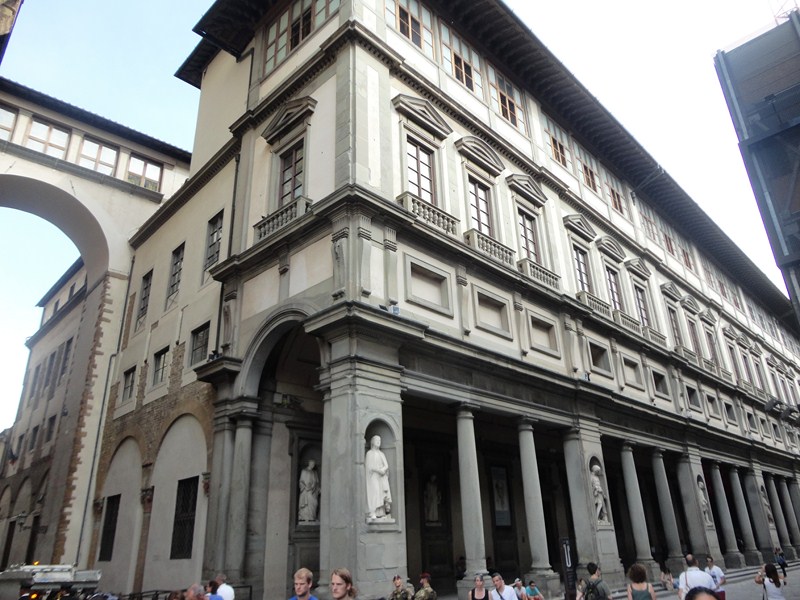
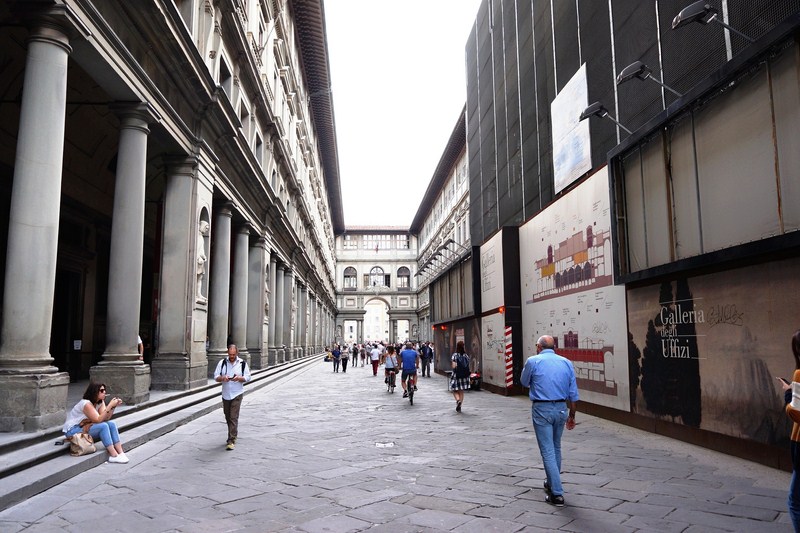
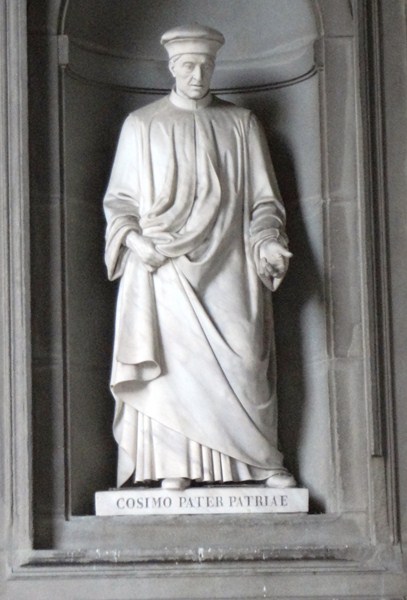


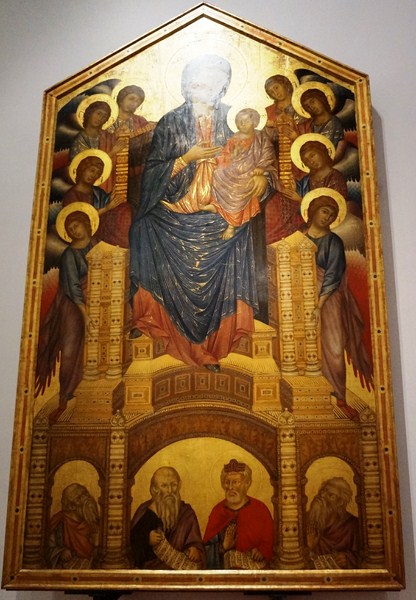
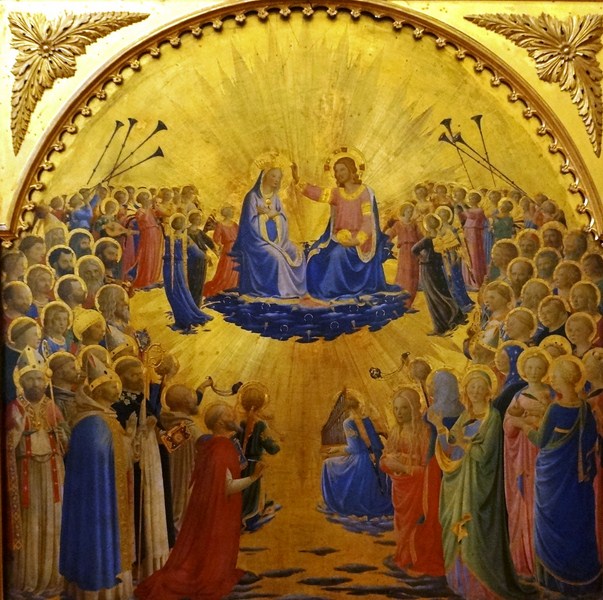
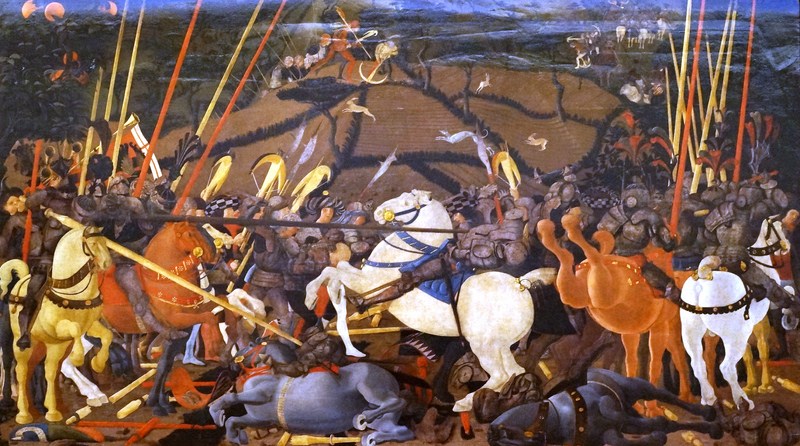
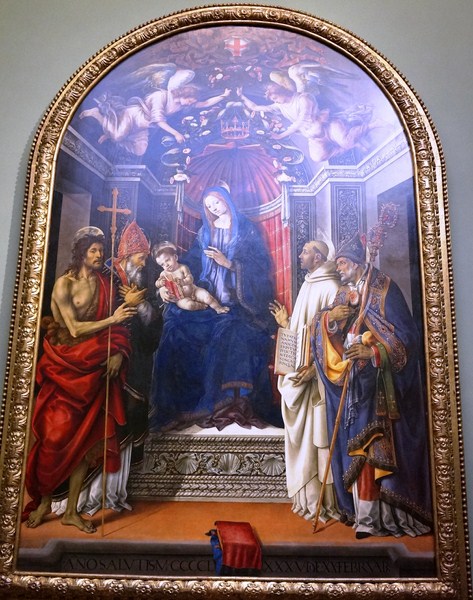
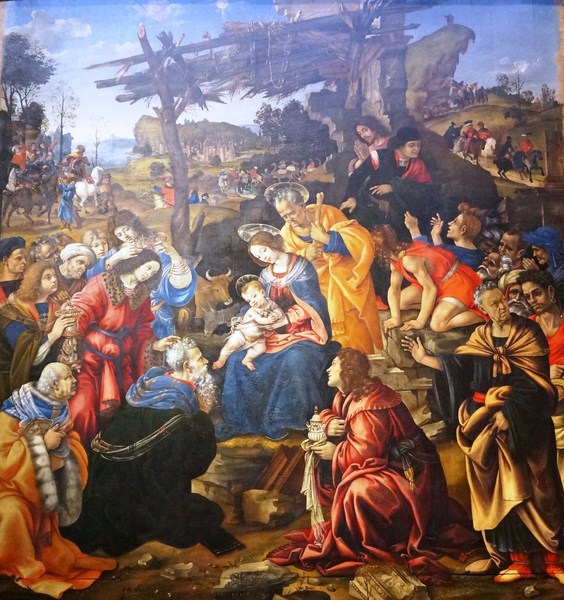
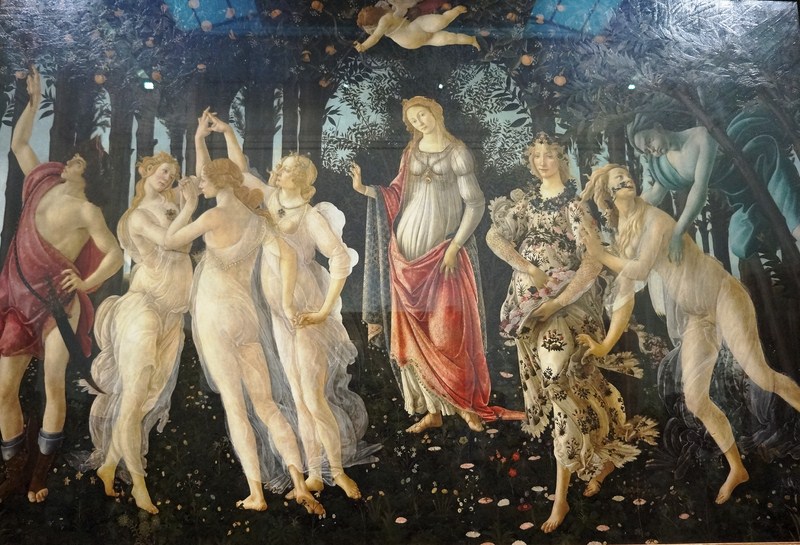
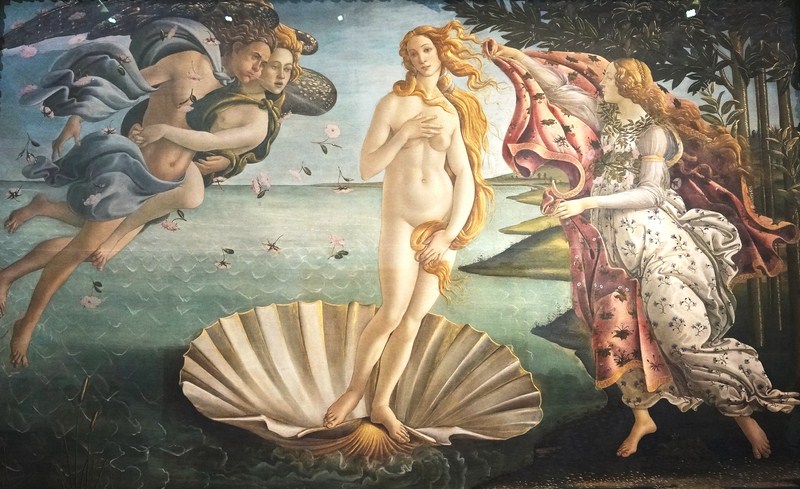
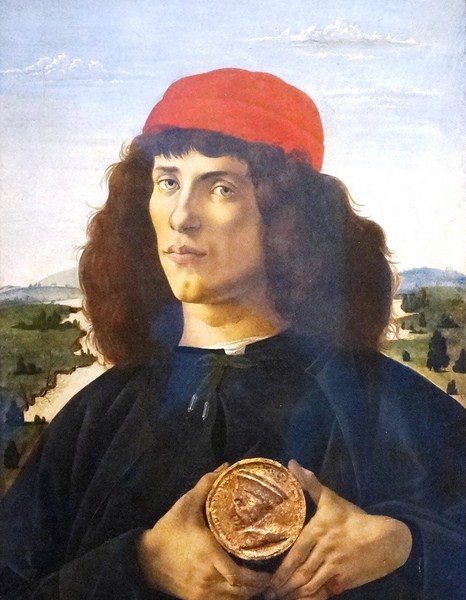
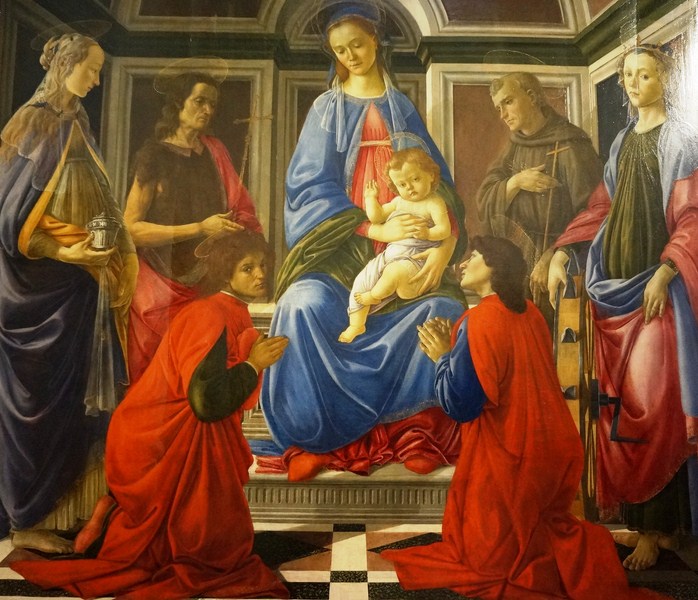
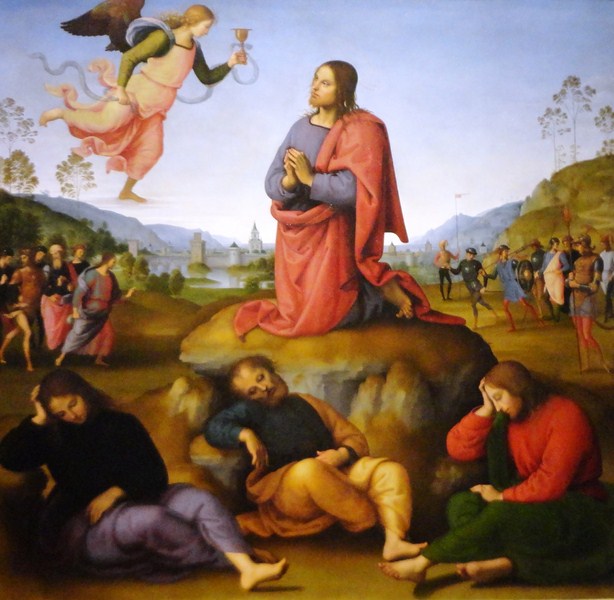
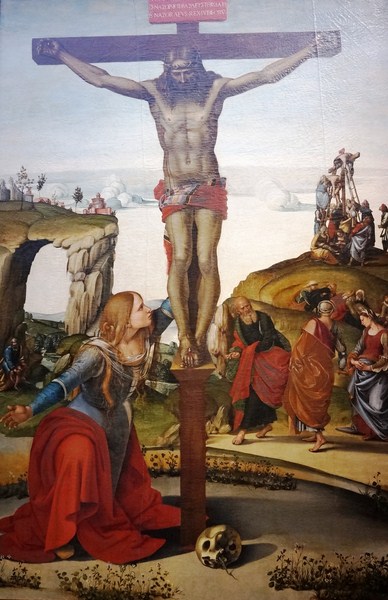
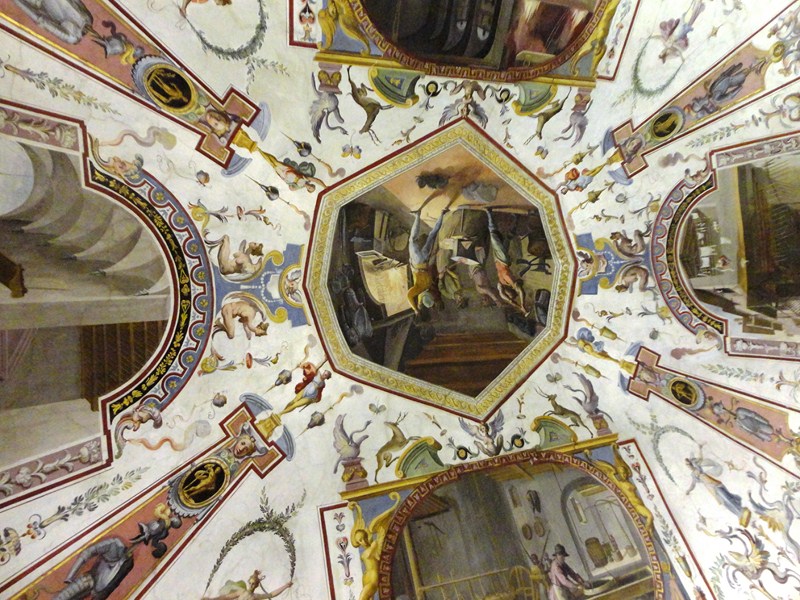
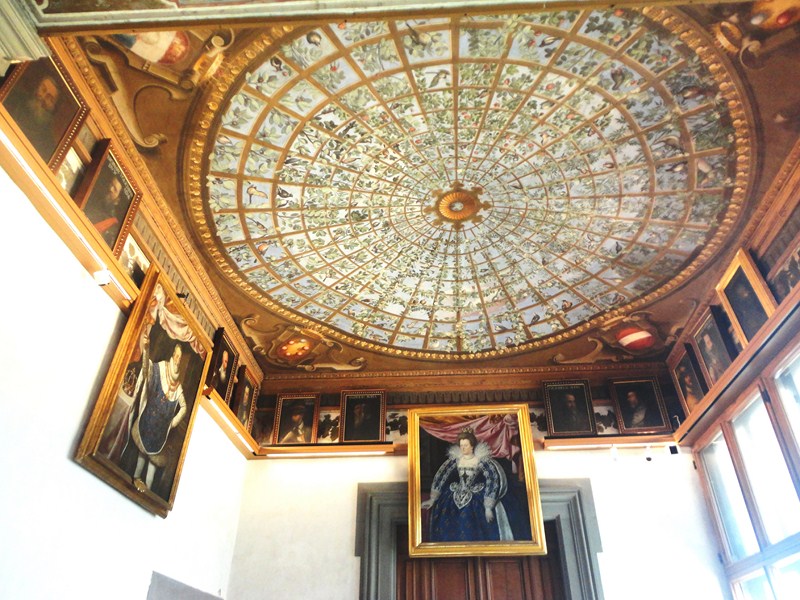
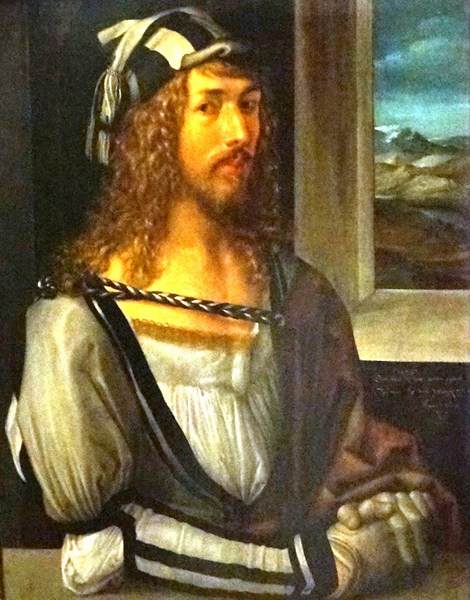
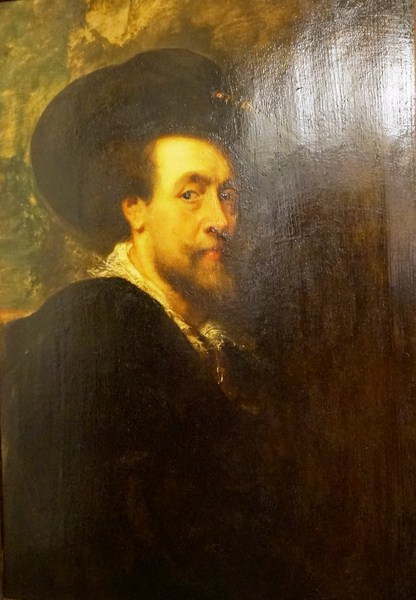
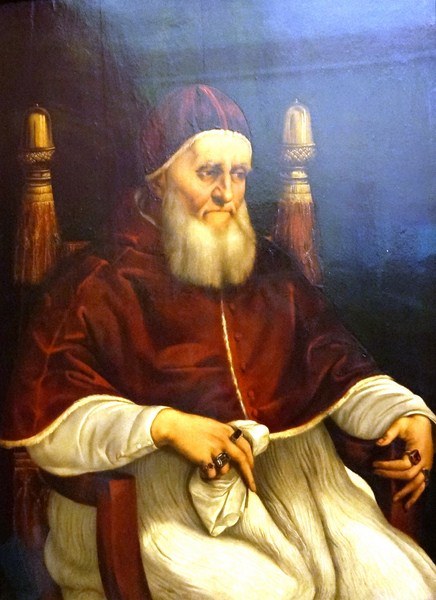
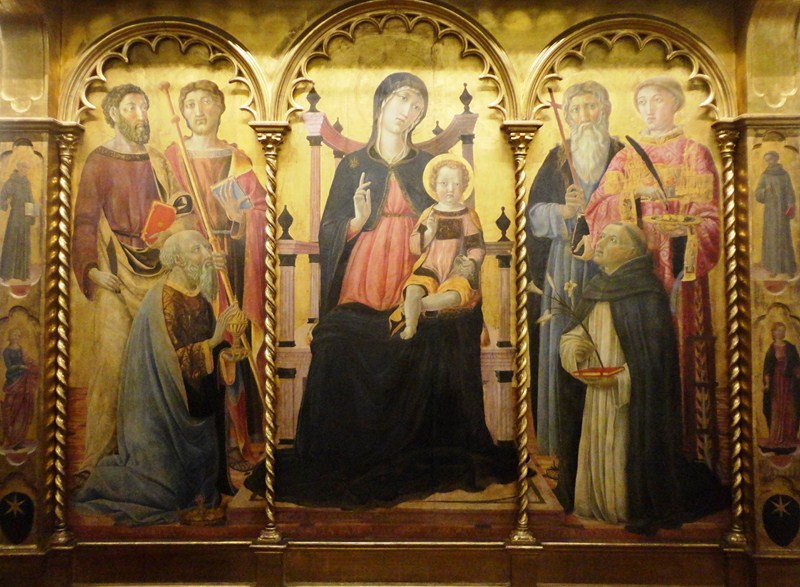
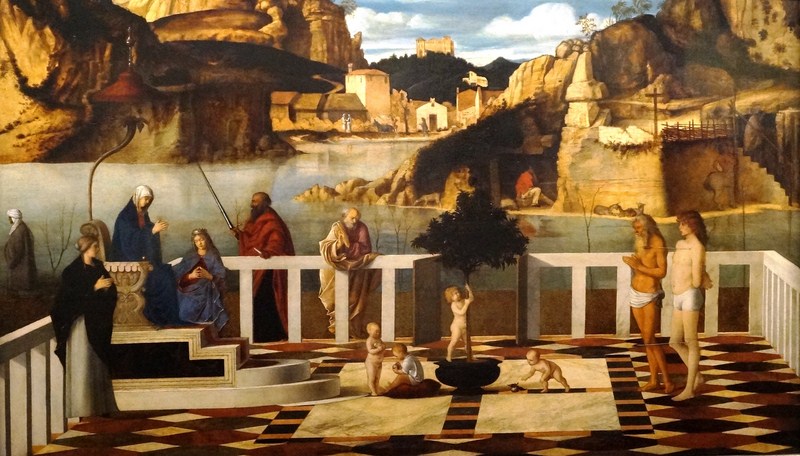
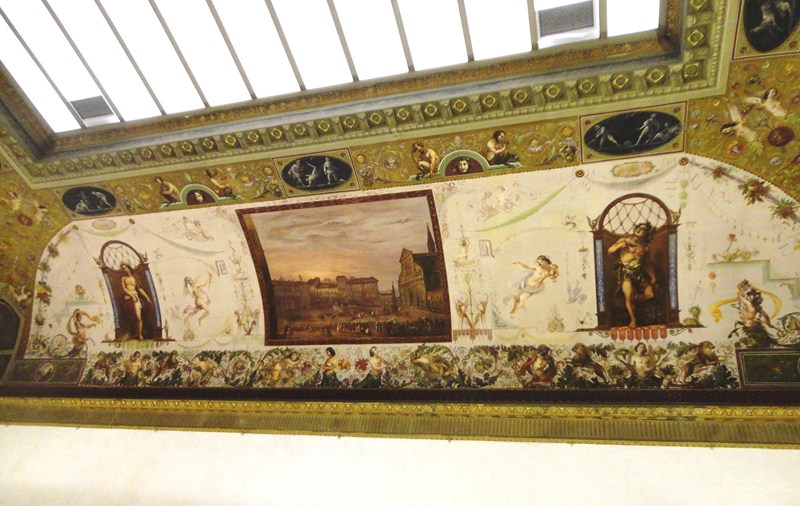
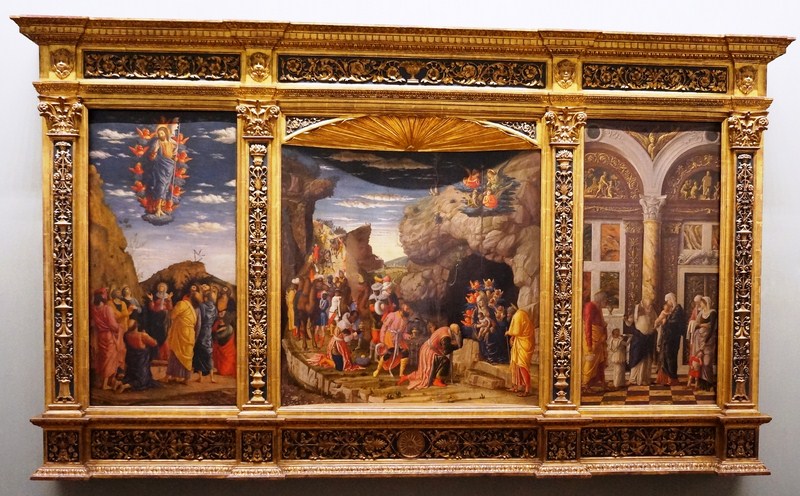
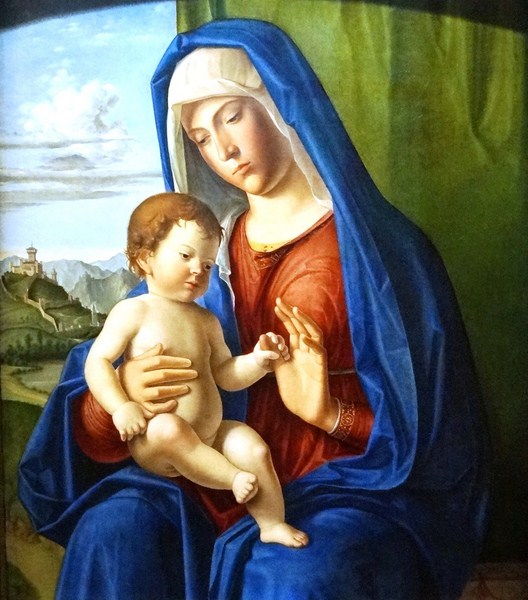
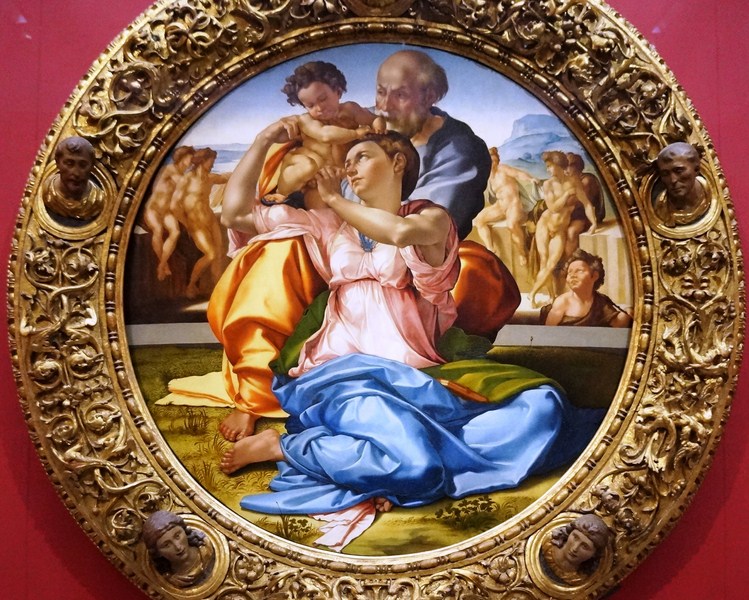
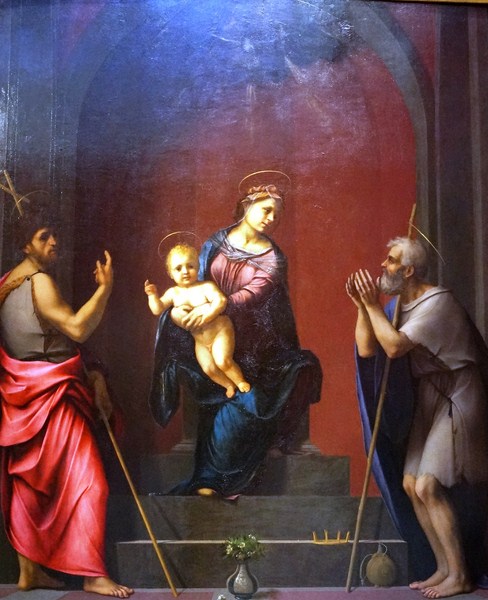
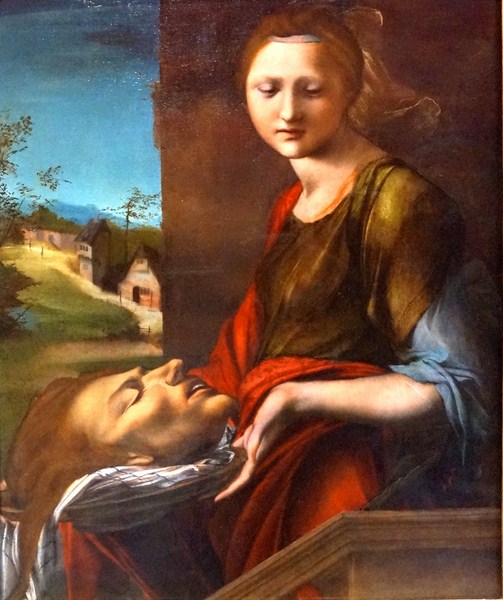
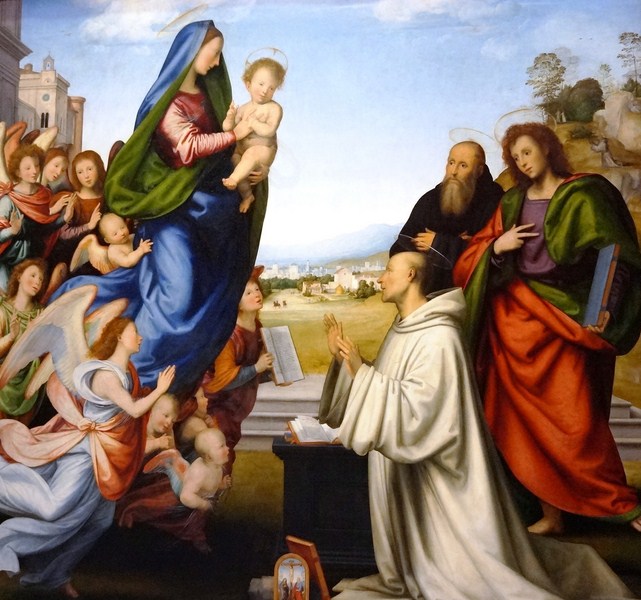
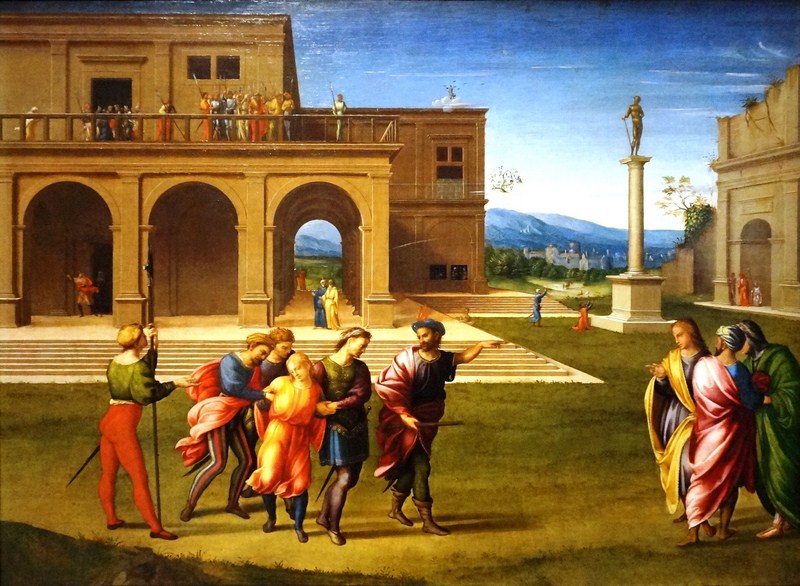
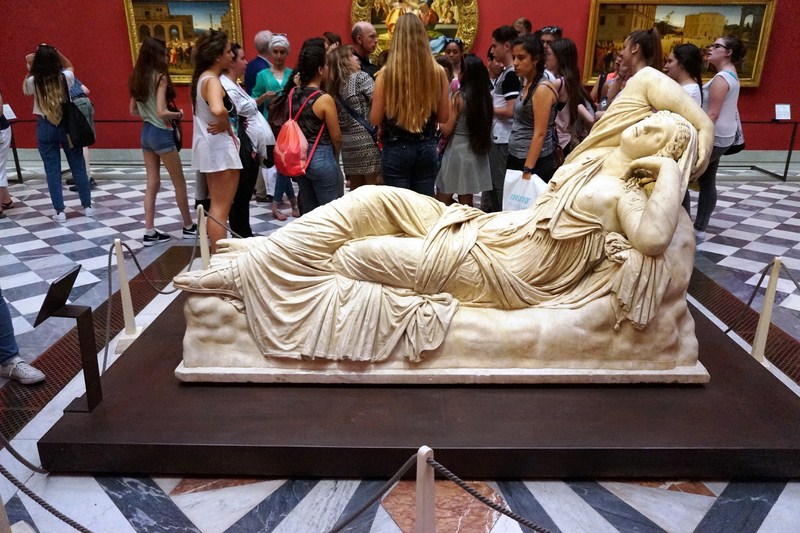
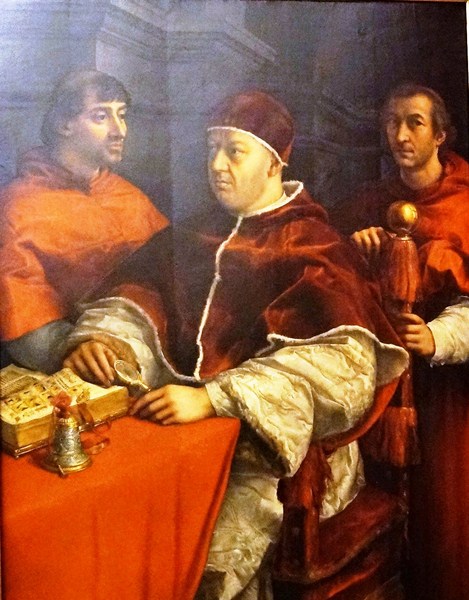
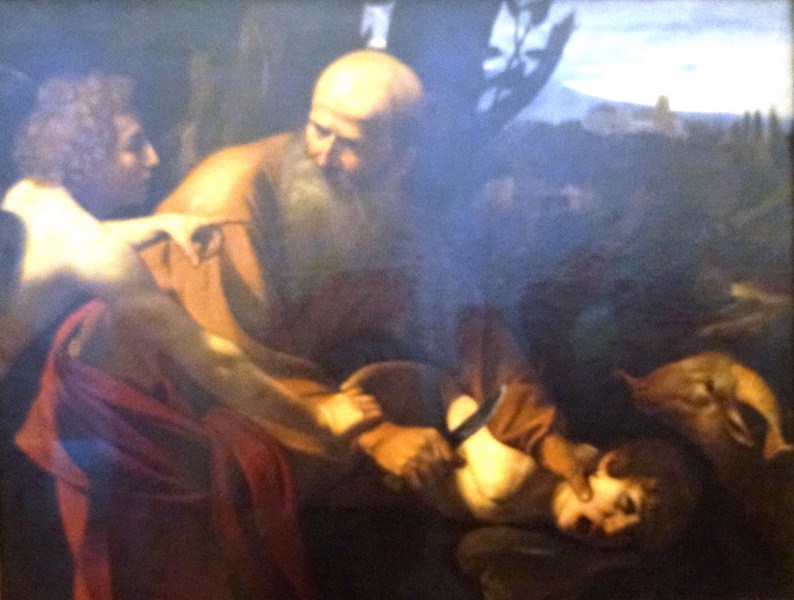
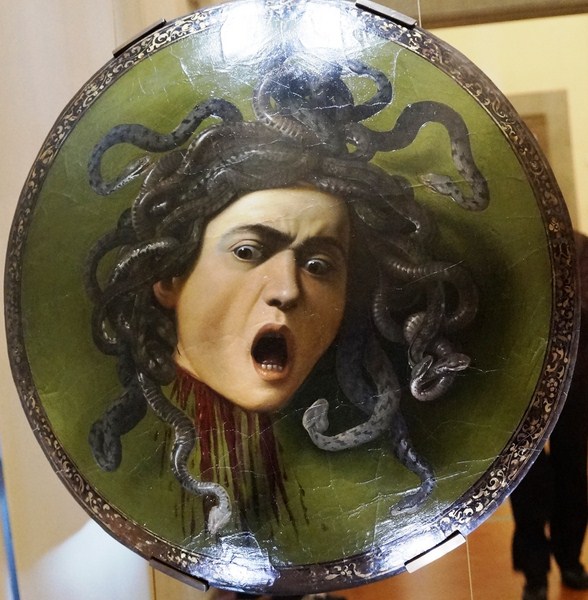
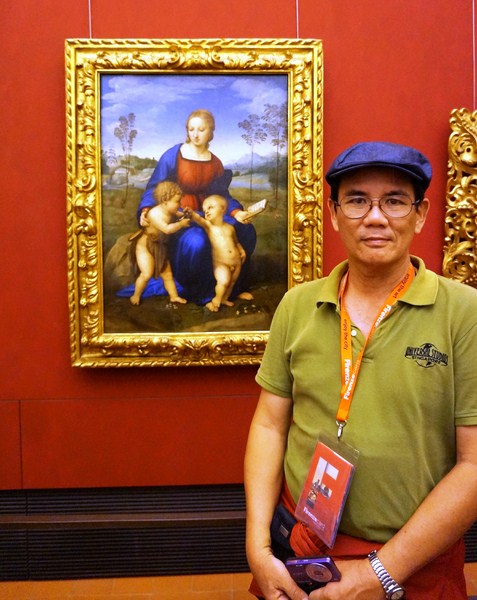
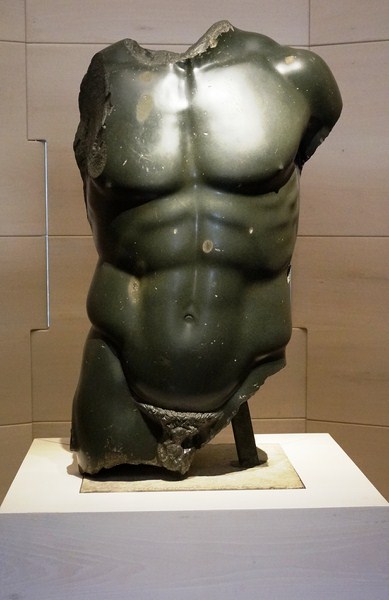
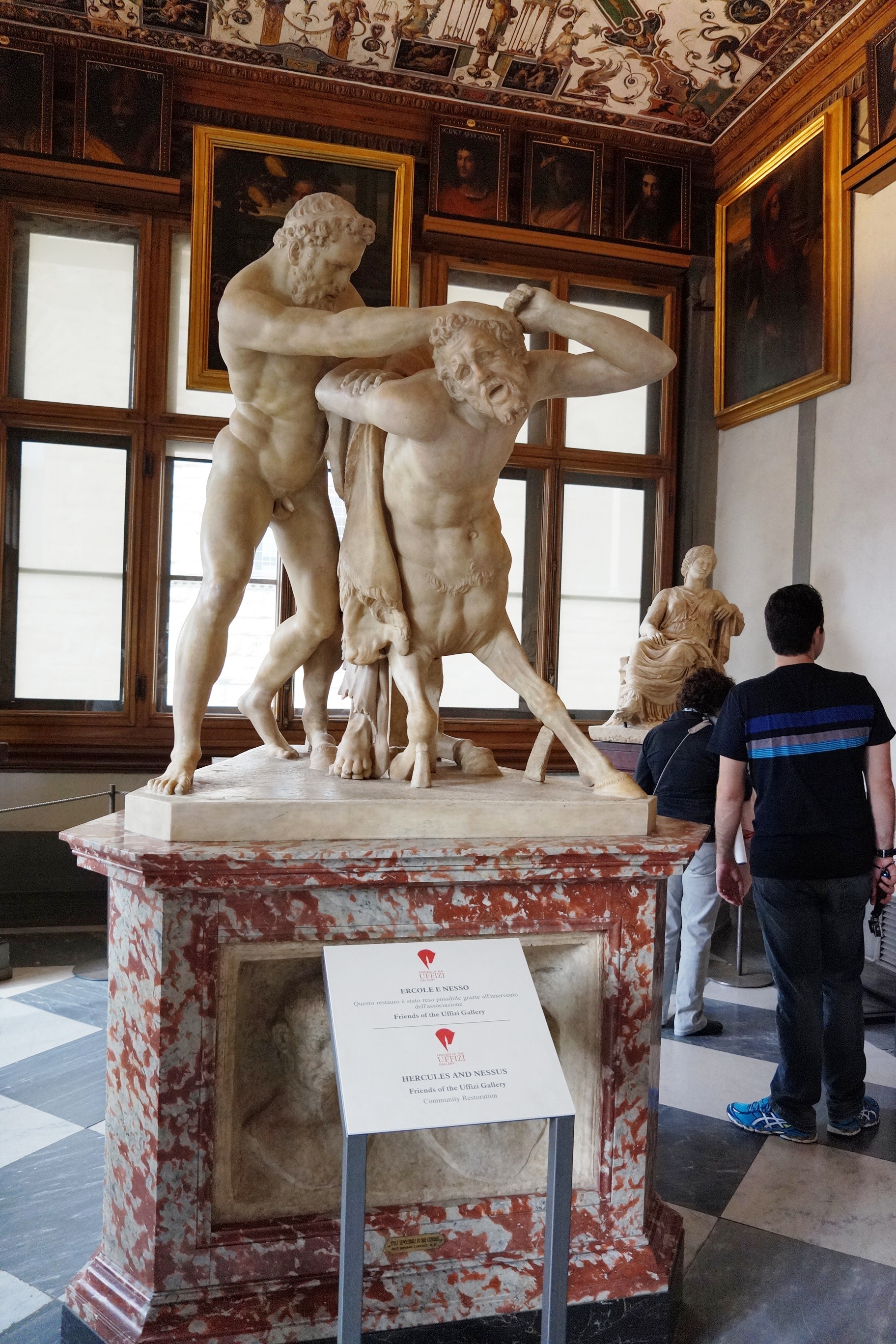
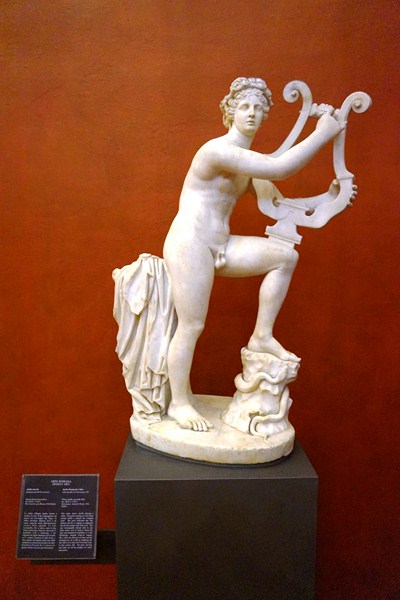

Pingback: URL